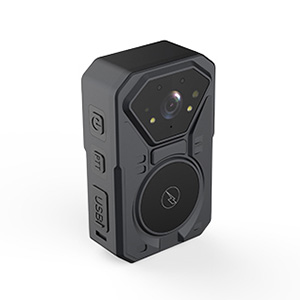
# Body-Worn Cameras: Enhancing Transparency and Accountability in Law Enforcement
## The Rise of Body-Worn Cameras in Policing
In recent years, body-worn cameras (BWCs) have become an increasingly common tool for law enforcement agencies worldwide. These small, wearable devices record interactions between police officers and the public, providing an objective account of events as they unfold.
The adoption of BWCs has grown rapidly since their introduction, with many police departments citing their potential to improve transparency, build public trust, and provide valuable evidence in criminal investigations.
## Key Benefits of Body-Worn Cameras
### 1. Increased Transparency
BWCs create a visual and audio record of police-public interactions, allowing for greater transparency in law enforcement operations. This documentation can help clarify disputed accounts of incidents and provide context for officer decision-making.
### 2. Enhanced Accountability
The presence of cameras has been shown to influence both officer and civilian behavior. Studies suggest that BWCs can lead to:
– Fewer complaints against officers
– Reduced use of force incidents
– More professional interactions on both sides
### 3. Improved Evidence Collection
Video footage from BWCs provides high-quality evidence that can be used in criminal investigations and court proceedings. This visual documentation often proves more reliable than witness testimony alone.
## Challenges and Considerations
While BWCs offer significant benefits, their implementation isn’t without challenges:
### Privacy Concerns
Recording interactions raises important questions about privacy rights, particularly in sensitive situations or when recording in private residences.
### Data Management
The massive amounts of video data generated require robust storage solutions and clear policies regarding retention periods and access.
### Policy Development
Effective BWC programs require comprehensive policies addressing:
– When cameras should be activated
– How long footage should be retained
– Who can access the recordings
– How to handle public records requests
## The Future of Body-Worn Cameras
As technology advances, we can expect to see improvements in BWC capabilities, including:
– Longer battery life
– Higher resolution video
– Automatic activation features
– Integration with other law enforcement technologies
Many experts believe that BWCs will become standard equipment for police officers, much like radios and sidearms have been for decades. However, their effectiveness ultimately depends on proper implementation, clear policies, and ongoing evaluation of their impact on policing and community relations.
## Conclusion
Keyword: body worn camera
Body-worn cameras represent a significant step forward in modern policing, offering the potential to enhance transparency, improve accountability, and build trust between law enforcement and the communities they serve. While not a panacea for all policing challenges, when implemented thoughtfully and supported by sound policies, BWCs can be a valuable tool for both officers and the public.